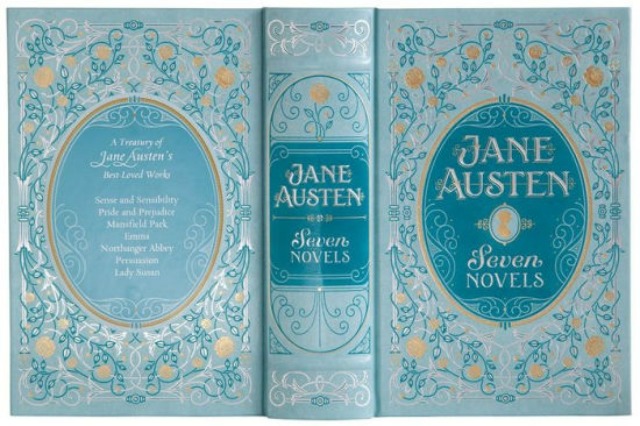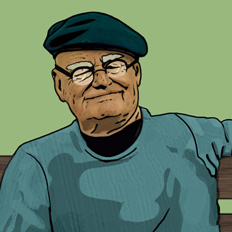Question
Gramps,
Are “romance novels” that many women read the female equivalent of pornography?
Tommy
Answer
Tommy,
I’ve never read one. And I’ve never known personally any virtuous woman who has read one. So how would I know? I know that by reputation they are trashy and not really virtuous reading. But I just can’t say. The Church website shows two articles on the topic.
A Look at Popular Romance Fiction
The first article speaks of how harmful they can be. But the second article points out that, like any category of literature, there are varying degrees. So, one question we might ask ourselves is “Just where do you draw the line?” And even if they are not pornographic, they are also laced with pitfalls.
Essentially, many books we read or movies we see are just an escape. We know that eventually The Avengers are going to win. We know that they have powers and abilities that are far beyond those of mortal men. Likewise, we can enjoy a little Rom-com because there is always a neat little bow of “and they lived happily ever after” without having to worry about paying the bills or doing the laundry or mowing the lawn. Wouldn’t that be great?
We know it is all fiction. But we enjoy it because it is an escape. Humans were made to dream, to fantasize. It is how we generate the desire to reach for the stars. But that can be dangerous if we dream or fantasize about inappropriate things or if we lose ourselves in the world of make-believe by coming to expect the real world to be like a trashy romance novel.
To further answer your question we have to define the term “pornography.” It is often defined as
Pornography is any depiction, in pictures or writing, that is intended to inappropriately arouse sexual feelings.
— Church website
sexually explicit videos, photographs, writings, or the like, whose purpose is to elicit sexual arousal.
— Dictionary.com
Usually, this term is used to denote images specifically. It doesn’t necessarily have to be of people having sex or of naked bodies. It can be the SI swimsuit issue, or any magazine cover at the supermarket checkout line. Looking at those definitions, “Images” also covers the instances of the literary term imagery. This is the term to describe the way some authors have a way of painting pictures with words. Certainly a publication with no pictures can still evoke an image in one’s mind of a scene “in pornographic detail” as they say.
The famous supreme court justice, Potter Stewart, when asked to describe what is and isn’t indecent in the supreme court case Jacobellis vs Ohio said about porn,
“I shall not today attempt further to define the kinds of material I understand to be embraced within that shorthand description [“hard-core pornography”], and perhaps I could never succeed in intelligibly doing so. But I know it when I see it.”
He answer is abstract, but there is a lot of truth to it.
Is it the “equivalent”?
I could go on and on about the differences between men and women, how they react to images vs. words. But the truth is that none of that matters for two reasons.
- Today’s culture is replete with examples of women being aroused by pictures. 1 in 6 women regularly visit sites dedicated to pornographic images and videos. 1/3 of the visitors to such sites are women.
- Men also react sexually to verbal stimuli just as well as visual stimuli. Imagine if a woman comes onto a man with the promise of sexual gratification. She doesn’t have to disrobe to get him aroused with such an offer.
Jane Austen wrote novels that deal with romance, and no one would, or quite frankly, should, be taken seriously if they considered her works “porn.” It’s often said that a good prosecutor can indict a ham sandwich. If someone is really determined, they could find a way to be offended by anything from Shakespeare plays to Jane Austen novels to Dr. Seuss books. Just because a story has romantic elements to it hardly means it’s considered “pornographic.” Now, having said that, there are, obviously romance novels that either walk right up the line of being pornography or in many cases, sadly, cross the line and are clearly pornographic. I do not wish to name them because I don’t want to give them any more attention than what they already get. Nor do I wish to describe what makes them pornographic, but I think we mostly already know.
So, I wouldn’t say that it is “the female equivalent of” pornography. I’d say that if the intent of the author is to arouse sexual feelings, and the reader’s reaction is arousal, then it IS PORNOGRAPHY.
Gramps







